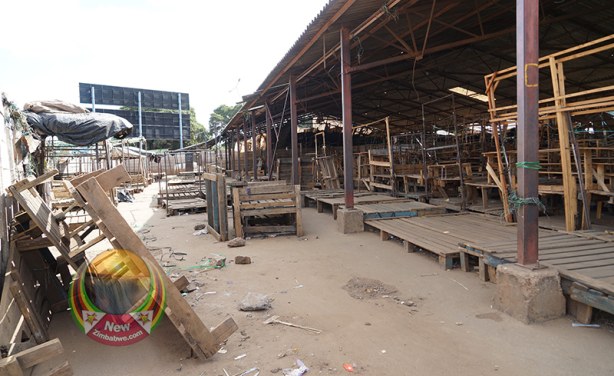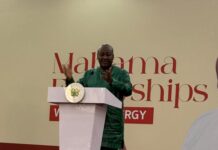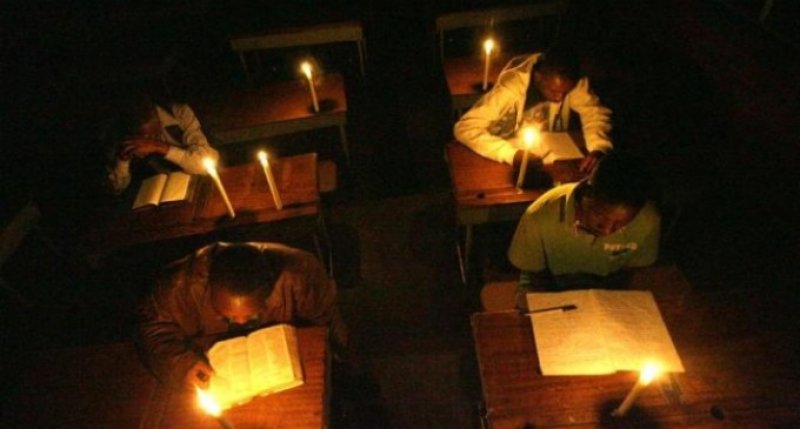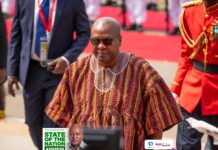
Dakar and Cape Town — It is estimated that one full month of lockdown across Africa during the COVID-19 outbreak costs the region about 2.5% of its annual GDP. But how do countries safely exit the lockdown phase? Governments now have to grapple with how to move away from measures – whether partial or total – while continuing to stop the spread of the novel coronavirus.
Lockdowns cost Africa U.S.$65 billion monthly, “but can you quantify life? If we don’t lock down and we lose a life, how much of our GDP is that? That is the intangible question we must remember to answer,” said Vera Songwe, Executive Secretary of the Economic Commission for Africa (UNECA), while opening Africa’s COVID-19 lockdown exit strategies – moderated by allAfrica Global Media’s Executive Chairman Amadou Mahtar Ba – which included ministers, civil society and international government representatives.
“We’ve seen the military vehicles in the streets of South Africa (lockdown there started on May 27), and thought ‘this is serious business’. But since then we’ve also seen that South Africa is beginning to contain the virus. What we have also seen is that during lockdowns, people go hungry. We’ve launched a survey that is in our study that says people have reduced meals by 50%. Does that mean they’re more at risk to get the disease because their immune systems are weaker?”
And putting food on the table while ordered to stay home is one of the key challenges citizens directed at their governments.
Dr Ibrahim Assane Mayaki, CEO of the African Union Development Agency, believes in moving quickly in order to lessen the economic impact of the pandemic, but also to carry out mass testing to preserve the health of populations.
In agreement is Arancha Gonzalez Laya, Spain’s Minister of Foreign Affairs, European Union and Cooperation. Spain is gradually removing the initial measures they put in place – keeping 47 million people at home. They are also allowing regions to decide how quickly or slowly they lift lockdown measures, depending on the capacity they have to respond to a spike in COVID-19 cases.
“Nobody will be safe until every body is safe, and this requires big doses of global co-operation,” Laya said.
But thinking globally does not mean that the local experience is ignored. Kennedy Odede, co-founder and CEO of Shining Hope for Communities, a grassroots movement that works for large-scale transformation in Kenya’s urban slums, believes that the term “social distancing” is a good example of an international concept that did not translate well for Africa.
“It was really coined for the Western world, who live in 2-bedroom house, who have a fridge. They can be in their house a couple of weeks before going out. Restrict people’s movements, but give cash transfers to people who are suffering,” Odede said.
He said there is an immediate need to prepare for when the virus is under control.
“Do you know that we do not have enough fertilizers, locusts are really affecting our land, do you know that there will be no food? While we fight this virus, what are we doing for agriculture?”
Odede said in the future, the people do not want to see places like Kibera, where everyone is so scared because of the congestion. And it is high time policymakers make policies that are really reflecting on the ground.
“And the biggest challenge, I can tell you for free, when there is inequality, and living hand to mouth, the people are ready for demonstrations, for uprising, because they have nothing to lose. What’s coming out now is that we are not listening to those on the ground, we are in our offices. The Africa Rising narrative is not reaching the ground, and things might explode,” said Odede.
Key messages from UNECA’s COVID-19: Lockdown Exit Strategies for Africa – read or download here
Lockdowns impose agonizing costs: up to 2.5% of Africa’s GDP is at risk every month while firms surveyed by ECA report to be operating at only 43% and 70% of slum dwellers in another survey report to be skipping meals or eating less as a result of COVID-19.
Lockdowns address severe vulnerabilities: including only 1.8 hospital beds per 1,000 people and spread susceptibilities such as only 34% of Africans having access to household handwashing facilities with soap and water.
Contact tracing and reopening, such as the Taiwan model, may be available to some African countries that have contained the virus but gradual segmented reopening may be needed in other countries.
Further suppression may be required where the virus is still spreading while active learning and data collection can help policymakers find risks as they look to ease lockdowns and move towards a ‘new normal’.
Countries need to take advantage of being behind the curve and learn from other countries and their experiments in reopening.
It is important to use the “extra time” afforded by lockdowns to rapidly put in place testing, and treatment systems and carefully design lockdown exit strategies.
Allafrica























